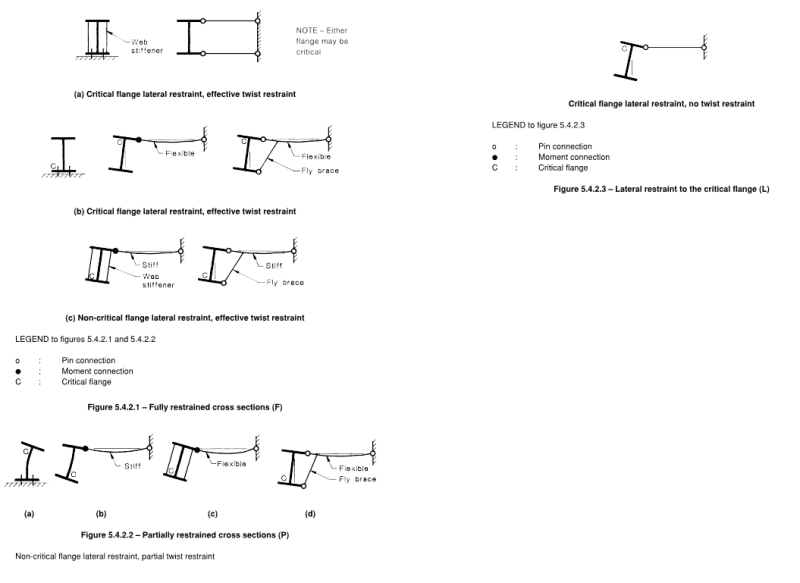KHoff
Structural
- Aug 20, 2013
- 60
I am working on a project that includes structural modifications and a small addition to an existing retail building. Part of the structural modification includes moving a braced frame approximately 10 feet, and therefore increasing the lateral load on an existing interior moment frame. In my analysis of the existing moment frame, I found that the additional lateral load is not a concern but two beams appear to be failing from gravity loads (dead load + snow load). One beam is at approximately 200% capacity and another is at 150%. The design capacity is controlled by lateral torsional buckling due to the negative moment and the bottom flange being unbraced for the full length of the beam. I reached out to the engineer responsible for the original design, he indicated that these beams were assumed to be braced at the inflection points. This building was designed under the 2003 IBC (and AISC 335-89s1) so at the time that was acceptable practice per code. Obviously, current codes state that the inflection point should not be considered a brace point (per Appendix 6).
My question is whether or not this issue warrants making structural repairs to the existing moment frame. The frame was adequate based on the applicable code at the time of the original design. Am I required to bring the frame up to current code requirements? More importantly, does this condition actually present a safety concern for building occupants? To further complicate the matter, the moment frame extends into an adjacent bay in the building that is currently occupied by a tenant. Making repairs would require our client informs the tenant and has them close down until repairs are made.
I appreciate any opinions or thoughts on this issue. As always, public safety is the primary concern.
My question is whether or not this issue warrants making structural repairs to the existing moment frame. The frame was adequate based on the applicable code at the time of the original design. Am I required to bring the frame up to current code requirements? More importantly, does this condition actually present a safety concern for building occupants? To further complicate the matter, the moment frame extends into an adjacent bay in the building that is currently occupied by a tenant. Making repairs would require our client informs the tenant and has them close down until repairs are made.
I appreciate any opinions or thoughts on this issue. As always, public safety is the primary concern.

